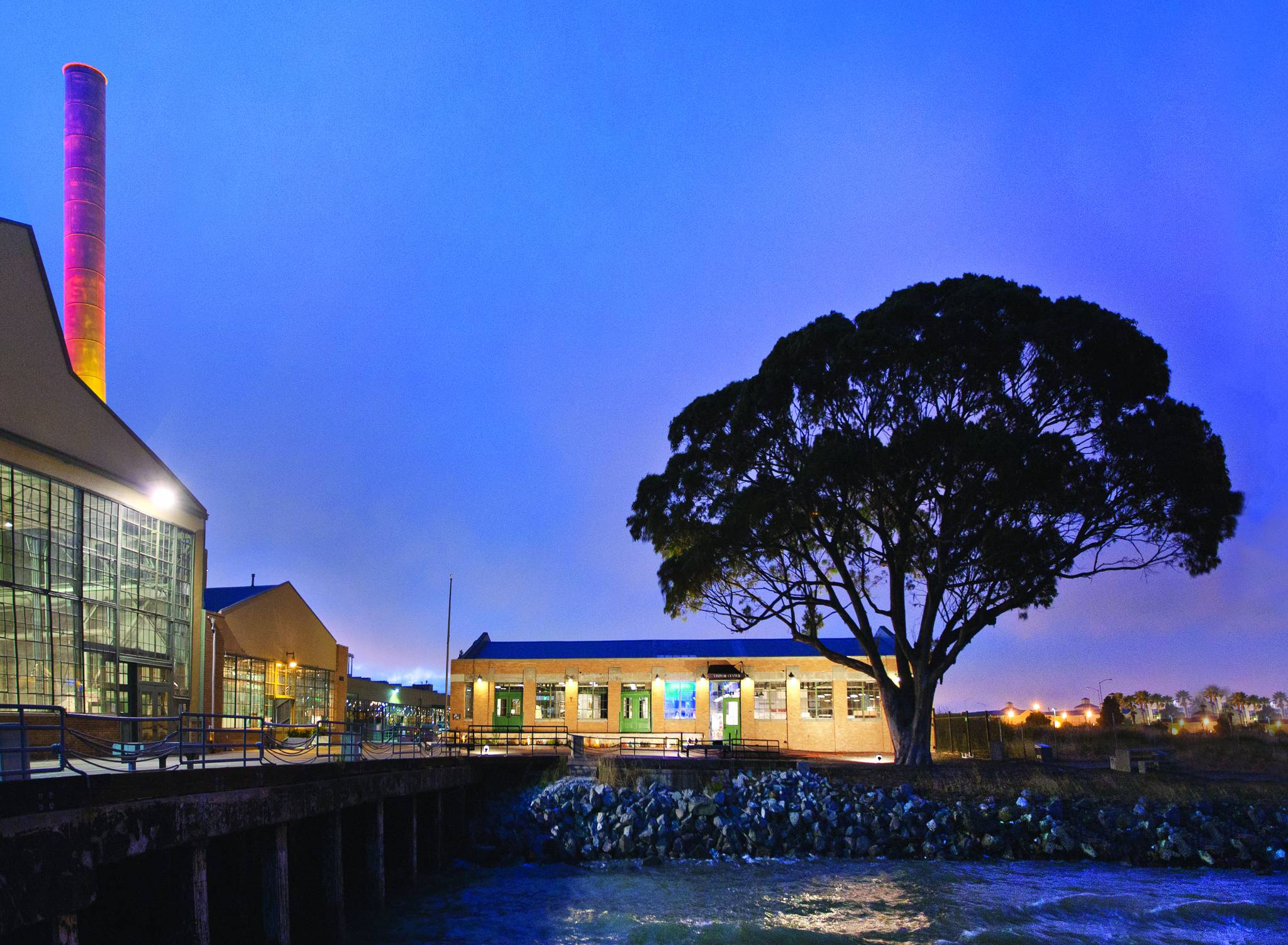Last-Ditch Efforts to Save Miami’s Historic Art Deco District
Historic Beginnings
Image Courtesy Jasperdo
The Miami Design Preservation League, founded in 1976, faced an uphill battle to save the modest buildings of Miami’s south end (on land once used for coconut farming) because they were not only different from the elaborate luxury hotels and sprawling mansions developed further north, they were less than fifty years old and were not associated with significant events or persons. The 1930s Art Deco style buildings were also considered by many as garish. Despite these odds, the League was successful in getting the South Beach district on the National Register in 1979. It was the first 20th century Historic District in the nation and protected the largest concentration of Art Deco buildings in the world. By the 1980s, television shows like Miami Vice and photo shoots done by renowned fashion photographers such as Bruce Weber made the Art Deco District one of the most famous neighborhoods in the United States. Even Andy Warhol requested a tour.
As more attention and wealth came to South Beach, so did the desire to demolish the pre-1942 single-family homes and replace them with more elaborate ones. The League continued to advocate for historic buildings of South Beach by encouraging local designations in the National Register District as more and more demolition permits were being filed. In 1982, Miami Beach enacted its first local historic preservation ordinance, containing 100 percent owner consent provision (revised to only 51 percent in 1983). In 1992 the City Commission expanded the Historic District to the entire mile-square Art Deco district in South Beach and thus protected from demolition the full area entered into the National Register of Historic Places back in 1979. Still, many important resources remained undesignated and unprotected, leaving the door wide open for what happened next.
Proactive Preservation vs Reactive Preservation
The League has seen both lost and won battles to save historic properties in Miami, setting important precedents for preservation policy along the way. In 2013, there was a more rigorous campaign to save South Beach’s historic properties from demolition when one of Miami’s notable homes, built in 1925 by Walter DeGarmo who was a prominent Miami architect at the time, was purchased by Dr. Hochstein. After consulting with contractors and architects on the ability to salvage the badly dilapidated home, Dr. Hochstein submitted plans to raze it and build a new one three times its size – a growing trend for the growing wealthy population in Miami. Designation of private residences is usually initiated by owners, but in this case a member of the Miami Design Preservation League immediately filed a request to designate the house located at 42 Star Island Drive as historic in order to protect it from the new owner’s plans to demolish it.
The Preservation League in Miami has led many successful efforts to save threatened historic resources. However, their most recent response to the rampant demolition of Art Deco homes in South Beach, Miami involves a tactic that makes preservationists look like the (really) bad guys. Designating historic resources after they have been purchased leaves homeowners unnecessarily blindsided. Designating historic resources long before they are considered for razing or alteration gives both prospective buyers and preservation advocates an opportunity to have an open dialogue. Preservation advocates should stick to designating structures before they are slated for demolition. Last-ditch efforts often result in uneasy relationships between historic property owners and preservationists. Proactive preservation instead of reactive preservation could help quell any potential future conflicts before they become an issue.
| License | Author | |
|---|---|---|
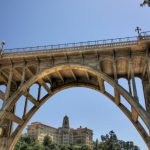 | Cody Raskin | |
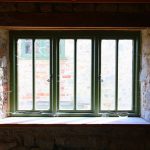 | Zephyris | Zephyris |
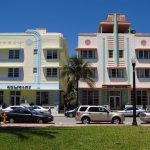 | Jasperdo | |
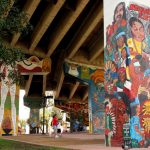 | kellinahandbasket_ChicanoPark-1024×683 | |
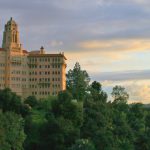 | Karol Franks | |
 | Attribution-NonCommercial License | Manuel Gamba |
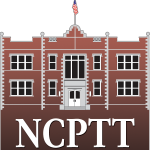 | National Center for Preservation Training and Technology | |
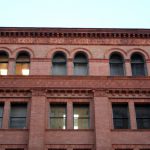 | chrissteve-cands | |
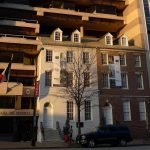 | Mark Hogan | |
 | Architectural Resources Group | |
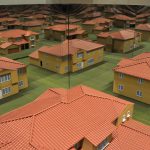 | Pleuntje | |
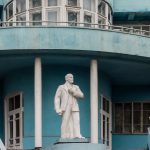 | Sergey Norin | |
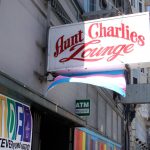 | torbakhopper | |
 | Tenderloin Museum | |
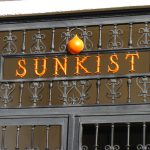 | Jasperdo | |
 | Henrik Kam | |
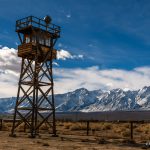 | Mike Fisher | |
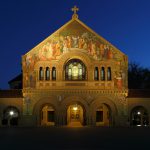 | Don McCullough | |
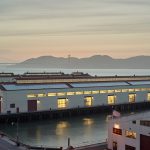 | Bruce Damonte | |
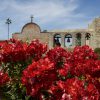 | Mission San Juan Capistrano | |
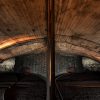 | Freeside | |
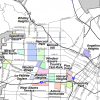 | City of Los Angeles | |
 | Muhammad Zharfan | |
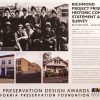 | Richmond Project Prism Historic Context Statement and Survey | |
 | Tom Myers | |
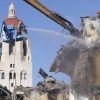 | John Loo | |
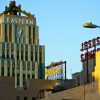 | Christopher Lance | |
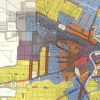 | Wyman Laliberte | |
 | Miki Yoshihito | |
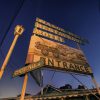 | Jonathan Haeber | |
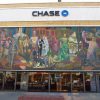 | John Schrantz | |
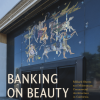 | Hunter Kerhart | |
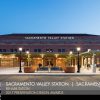 | Tim Griffith | |
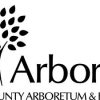 | The Arboretum | |
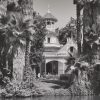 | J. Paul Getty Trust | |
 | Wokandapix | |
 | Recrea HQ | |
 | iveslevesque | |
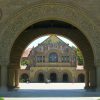 | Harshil Shah | |
 | Stephen Freskos | |
 | Creative Commons | Eric E Castro |
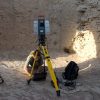 | CyArk | |
 | Randy Heinitz | |
 | kebnekaise | |
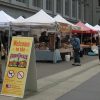 | Frank Farm | |
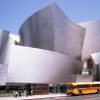 | Aquistbe | |
 | Coolcaesar | |
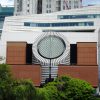 | Beyond My Ken | |
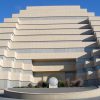 | Coolcaesar | |
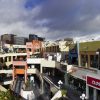 | allenhimself | |
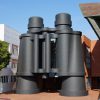 | Steve Boland | |
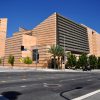 | Clinton Steeds | |
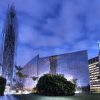 | Dave Reichert | |
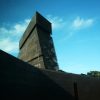 | Lars Plougmann | |
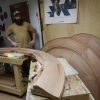 | Stephen Schafer | |
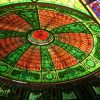 | Jonathan Haeber | |
 | pxhere | |
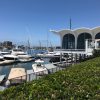 | Krista Nicholds | |
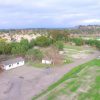 | Permission from the Friends of Niguel Moulton Ranch | Friends of Niguel Moulton Ranch |
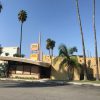 | Krista Nicholds | |
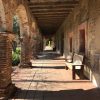 | Krista Nicholds | |
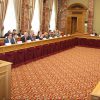 | Chambre des Députés | |
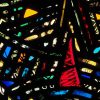 | Jeremy Ehling 2017 | |
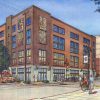 | CFY Development | |
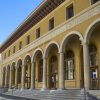 | Noah Salzman | |
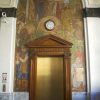 | Noah Salzman | |
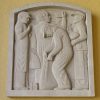 | Noah Salzman | |
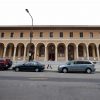 | Matthew Roth | |
 | Joe Gratz | |
 | imtnbike | |
 | The Annenberg Foundation Trust at Sunnylands | |
 | Martin Haeusler | |
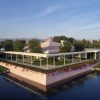 | The Annenberg Foundation Trust at Sunnylands | |
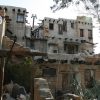 | Wikipedia user Jllm06 | |
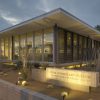 | David Glomb | |
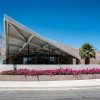 | © Gary Bembridge | |
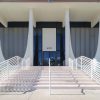 | © Stephen Schafer Photography www.HABSPHOTO.com | |
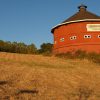 | Ernest McGray, Jr. | |
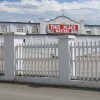 | Joanne C Sullivan | |
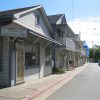 | Alex Westhoff | |
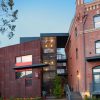 | garcia architecture + design / Studio 101 West Photography | |
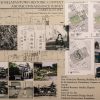 | Carey & Co. / TreanorHL; historic images courtesy Bancroft Library, University of California, Berkeley | |
 | Los Angeles Bureau of Engineering | |
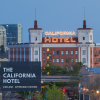 | Mark Luthringer | |
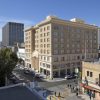 | Mark Luthringer | |
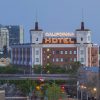 | Mark Luthringer | |
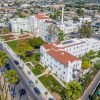 | AMCAL Multi-Housing, Inc. | |
 | San Francisco Planning | |
 | © John Fidler Preservation Technology Inc., for the Academy Museum of Motion Pictures | |
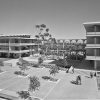 | © Robert Glasheen Photograph Collection, UC San Diego Special Collections and Archives | |
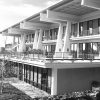 | © Robert Glasheen Photograph Collection, UC San Diego Special Collections and Archives | |
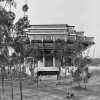 | © Robert Glasheen Photograph Collection, UC San Diego Special Collections and Archives | |
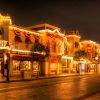 | Norm Lanier | |
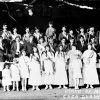 | Riverside Public Library, Shades of Casa Blanca | |
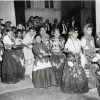 | Riverside Municipal Museum | |
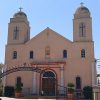 | Diocese of San Bernardino | |
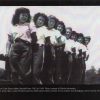 | Riverside County Mexican American Historical Society | |
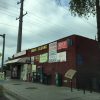 | Rincon Consultants, Inc. | |
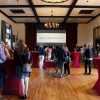 | Harrison Design. Rarely seen architectural drawings were shown at the opening reception at the Alhecama Theatre. | |
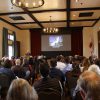 | Harrison Design. Dennis P. Doordan, Ph.D., Emeritus Professor, School of Architecture, University of Notre Dame, lectured on traditional urbanism. | |
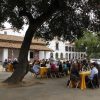 | Harrison Design. The communal-style lunch at Casa de la Guerra. | |
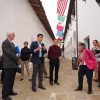 | Dr. Paul Mori. Participants and panelists took an architectural walking tour. From left to right: Dennis Doordan, Ph.D., Emeritus Professor, School of Architecture, University of Notre Dame; Anthony Grumbine, AIA, principal architect, Harrison Design; Steve Hausz, architect, and Sheila Lodge, former Santa Barbara mayor. | |
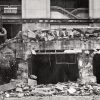 | Brandon Doran | |
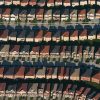 | IDuke, November 2005 | |
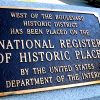 | Taber Andrew Bain | |
 | Jonathan Haeber | |
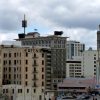 | 1FlatWorld | |
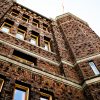 | Ian Whalen | |
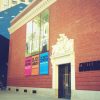 | Joel Bez | |
 | Jeff Turner | |
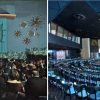 | Jonathan Haeber | |
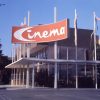 | Orange County Archives | |
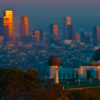 | igorelick | |
 | John O’Sullivan | |
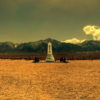 | Joseph Voves | |
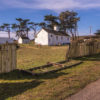 | Wayne Hsieh | |
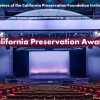 | Lane Barden | |
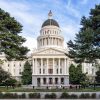 | Andre M | |
 | Codelco | |
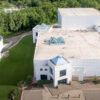 | relux. | |
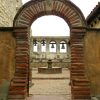 | Bennilover |
[credits_line]

